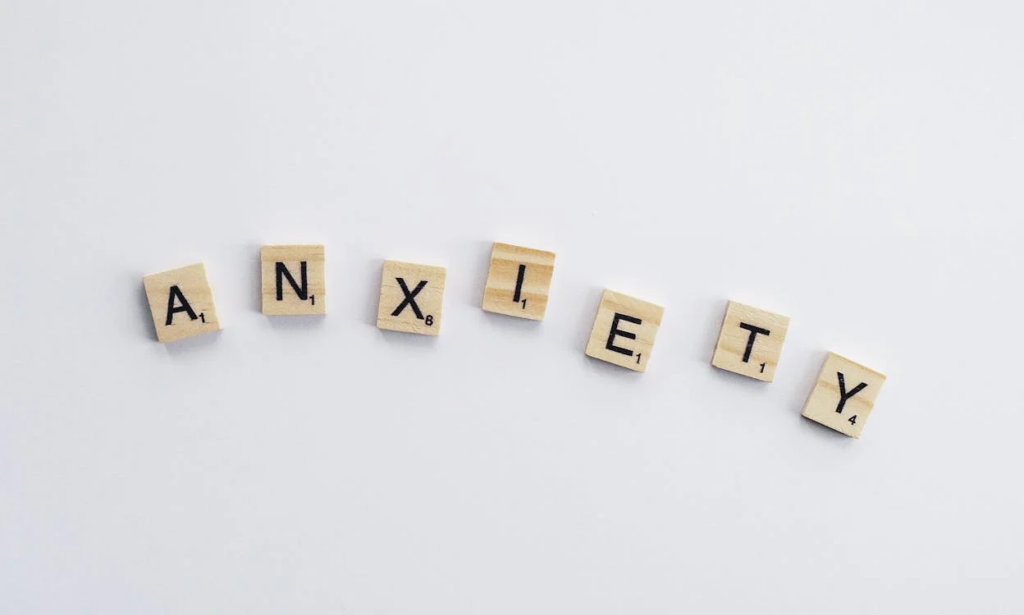Anxiety is a widespread mental health condition that affects a significant number of individuals at some point in their lives. According to recent statistics, around 31.1% of American adults experience an anxiety disorder during their lifetime. Identifying the warning signs associated with anxiety is crucial for effective management and preventing them from worsening and affecting daily life functioning negatively.
This article explores various symptoms related to anxiety while guiding how one can differentiate when they should seek professional help or not. Let’s pinpoint these signals and determine if professional help is necessary.
Understanding the Basics of Anxiety
Anxiety is a complicated disorder characterized by persistent concern and fear that impairs normal functioning. While temporary anxiety is common in stressful situations, anxiety disorders involve heightened and persistent fear and worry. These emotions can significantly hinder daily activities and relationships. Despite recognizing that their anxiety exceeds what the situation justifies, individuals with these disorders often feel powerless to mitigate them. That’s when seeking expert assistance becomes necessary.
Choosing a Therapist and Understanding Therapy Options
When anxiety disrupts daily life or becomes overwhelming, it’s a clear sign that professional help might be necessary. Choosing the right therapist is very important for successful treatment. It’s important to find a therapist with whom you feel comfortable and who has expertise in treating anxiety disorders. So how to know if a therapist is right for you? This process involves evaluating if you feel understood and whether the therapist’s treatment approach resonates with your needs.
Cognitive-behavioral therapy is widely respected and recognized as an effective approach to managing anxiety. This therapy helps patients identify and modify thoughts and emotions that influence their behavior negatively, especially beneficial for individuals dealing with anxiety by targeting and altering unhelpful thought patterns.
Alongside CBT, additional therapeutic approaches such as exposure therapy effectively diminish fear and avoidance behaviors, while medication may be employed tailored to the individual’s specific symptoms and requirements. For some, complementary methods like hypnotherapy for anxiety and stress can also provide meaningful relief, offering techniques that promote relaxation and reduce overwhelming thoughts.
By exploring different available forms of therapy, one can gain the necessary knowledge to make informed decisions regarding mental health treatment. Communicating with a therapist about their credentials, recommended approaches and previous success stories in treating similar cases instills assurance in your chosen form of treatment, ultimately increasing positive results.
Common Symptoms of Anxiety
Common symptoms associated with anxiety present a wide range of manifestations that uniformly disrupt daily functioning and overall well-being. Physically, individuals may exhibit symptoms such as increased heart rate, profuse sweating, trembling, fatigue, and headaches.

Emotionally, there are feelings of tension, overwhelming dread, or panic that commonly result in a sense of helplessness. On a cognitive level, anxiety confuses thinking, hampers concentration, and complicates decision-making processes, frequently fostering persistent worry or obsessive thoughts.
Behaviorally, anxiety can drive individuals to shun certain daunting situations such as social gatherings or particular locales, pushing them toward compulsive behaviors aimed at mitigating feared scenarios. Although these symptoms might fluctuate in intensity, they typically persist to a debilitating extent and frequently necessitate professional intervention.
Triggers and Risk Factors
Anxiety emerges from an intricate blend of genetic, biochemical, personality-related, and experiential factors rather than a single cause. Notable triggers include substantial life alterations, traumatic occurrences and accumulated stress. Certain individuals might find that even routine daily activities heighten anxiety levels.
Genetic predispositions may render some more vulnerable to stressors, while personality traits like perfectionism or learned behaviors from childhood also contribute significantly. Acknowledging and understanding personal triggers and risk factors is imperative for managing anxiety and devising effective coping mechanisms.
Impact of Anxiety on Daily Life
The repercussions of chronic anxiety on daily life are profound, spanning various aspects from personal relationships to professional performance, thereby reducing quality of life.
Chronic anxiety often prompts social withdrawal as individuals actively avoid activities or relationships they fear might worsen their anxiety. This heightened state of worry and tension can also trigger physical health problems, such as digestive issues, persistent pain, and a weakened immune system. Without treatment, anxiety can contribute to other mental health issues like depression or substance abuse, initiating a difficult cycle to overcome without intervention.
Self-Help Strategies for Managing Anxiety
While professional assistance is typically necessary for comprehensive anxiety management, there are self-help techniques that can help to alleviate symptoms. Engaging in practices such as mindfulness and meditation can aid individuals by keeping them present and engaged, thereby mitigating the effects of persistent worries.

Deep breathing exercises offer relief from physical symptoms like an accelerated heartbeat or tremors. Consistent exercise not only reduces stress but also releases endorphins which enhance mood levels. By establishing a routine including balanced nutrition, sufficient sleep time, and regular mental health evaluations, people gain the power to manage their anxiety more effectively.
Emotional comfort can also be achieved by forming support networks among friends and family. Attending support groups can also help reduce feelings of isolation, thereby decreasing vulnerability.
Conclusion
Grasping and handling anxiety involves identifying its various symptoms and determining when professional assistance is necessary. Adopting effective therapeutic methods like cognitive-behavioral therapy, alongside self-help techniques such as mindfulness and fostering a supportive network, empowers individuals to actively enhance their mental health and overall well-being. Addressing anxiety comprehensively entails combining professional guidance with personal strategies to attain a harmonious and healthy life.
